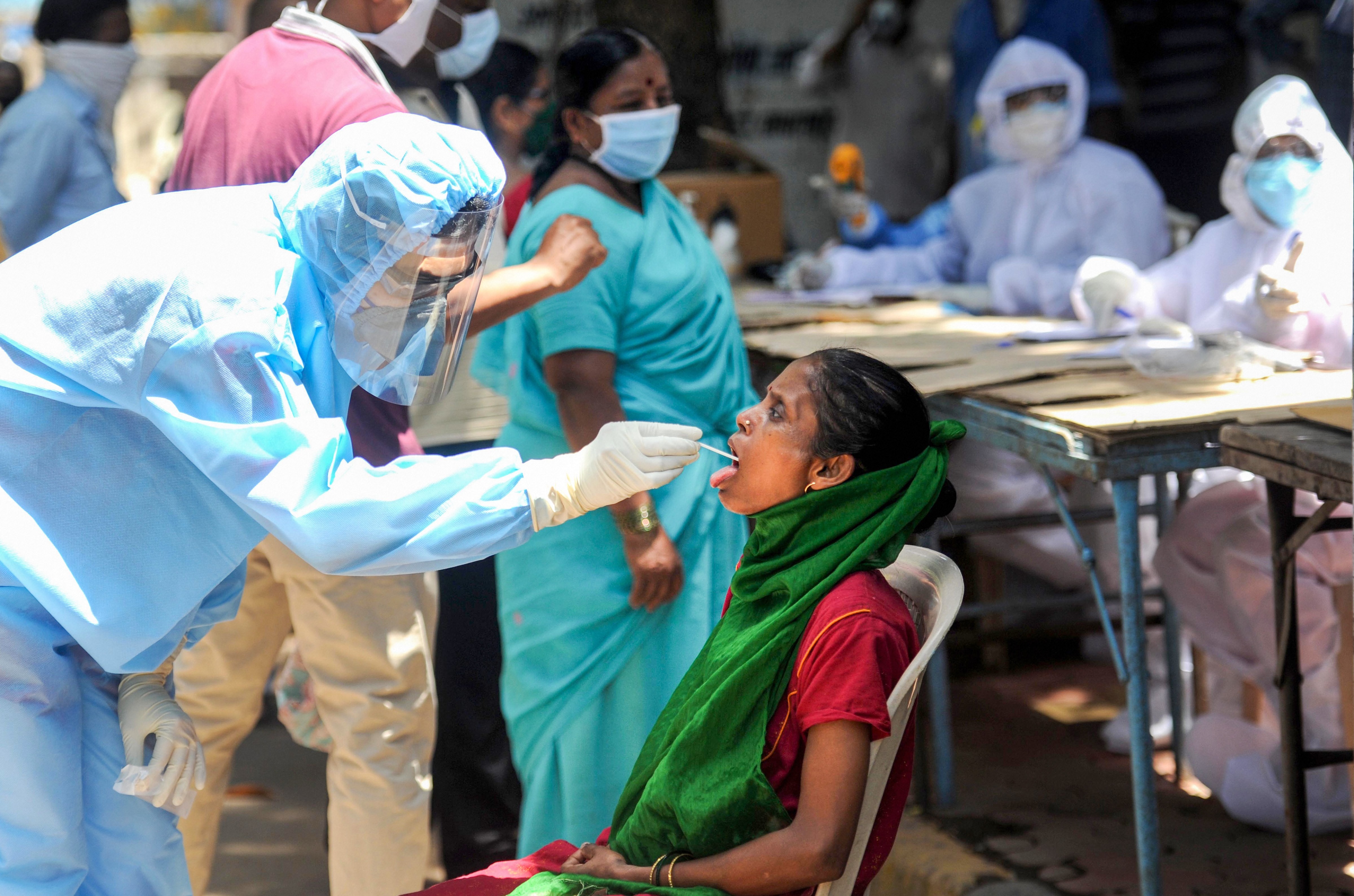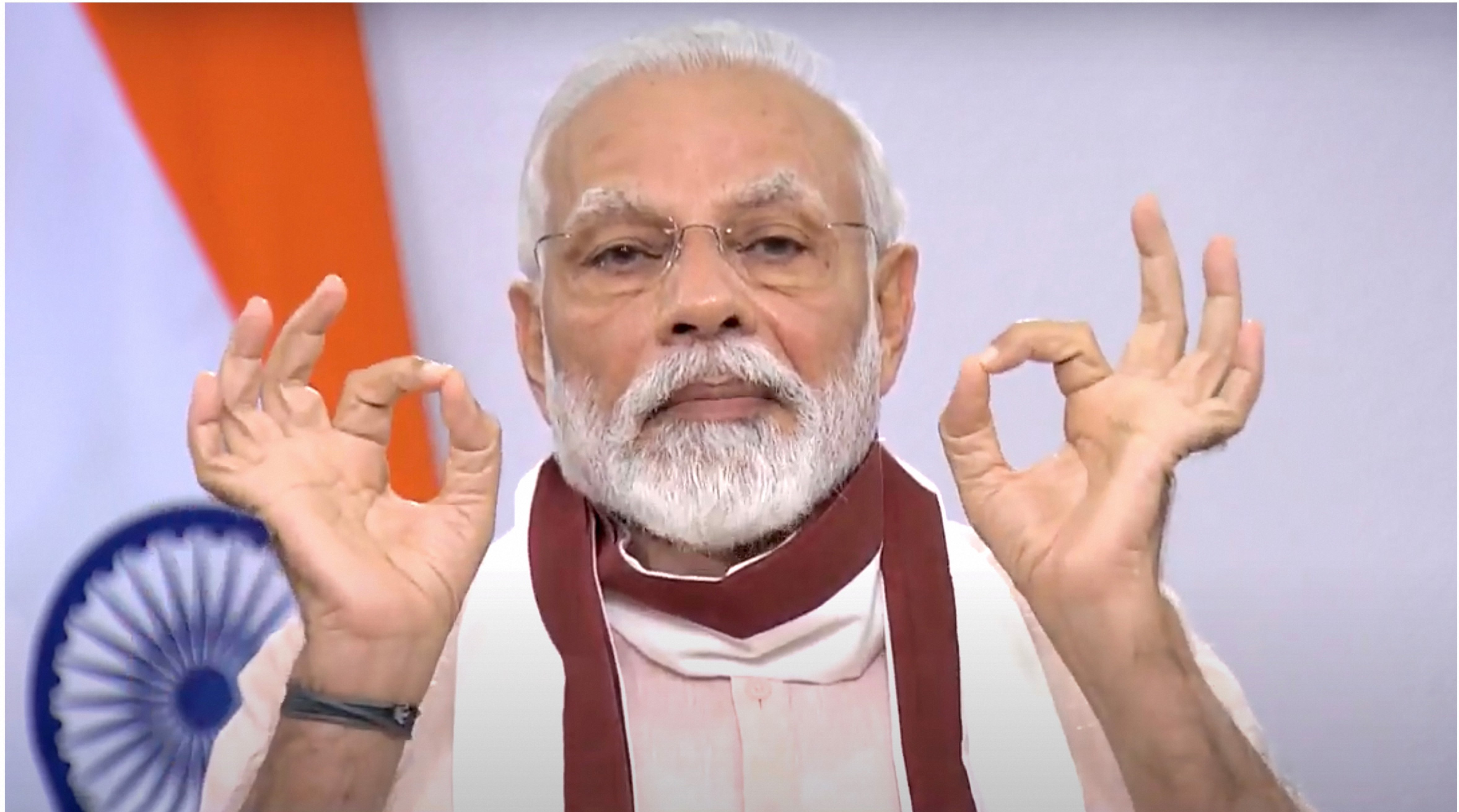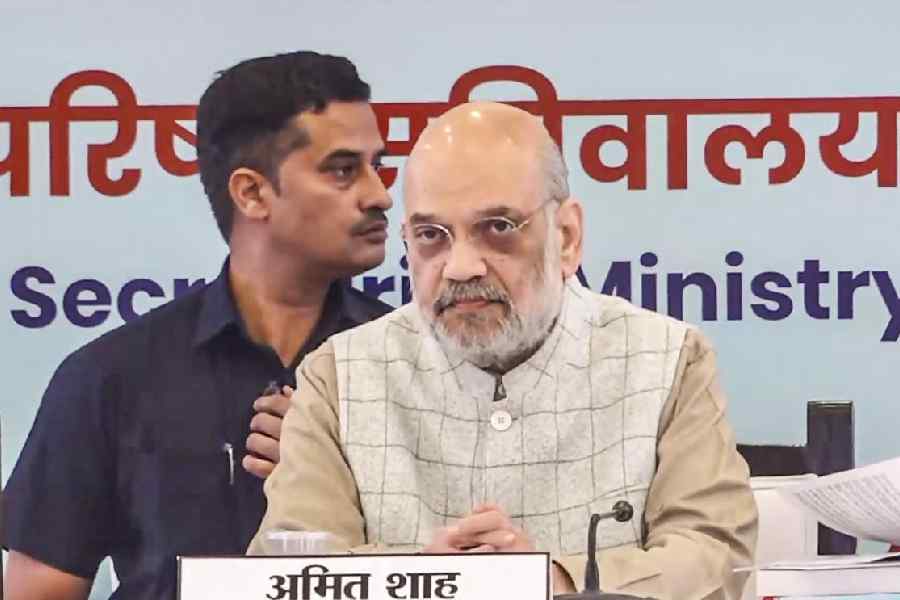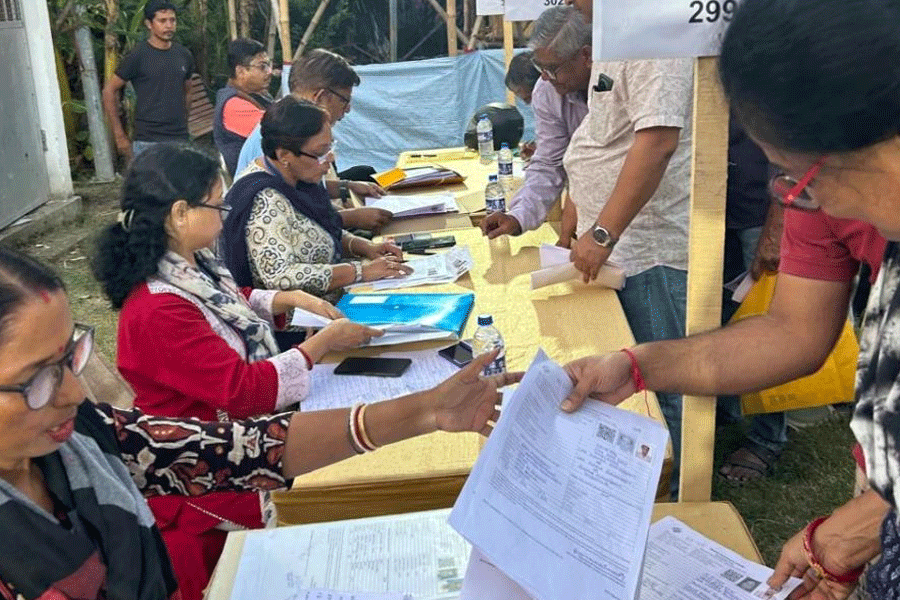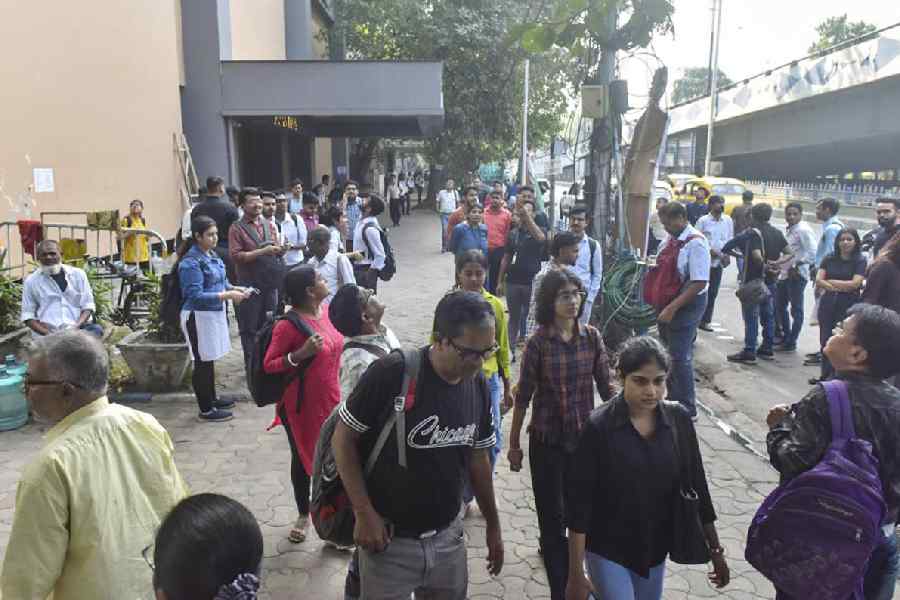Policy debates on the coronavirus pandemic are being framed around the life versus livelihood binary. But its spatial dimension is getting overlooked. Along with public health concerns and its economic fallouts, Covid-19 is also an urban crisis: its hotspots are the alpha-global cities, the financial nerve centres of the world. New York accounts for a significant percentage of the cases in the United States of America; London’s share of the cases in Britain is also high.
The situation in India is similar. Mumbai and Delhi together account for a high percentage of the confirmed cases. The high-risk red zone classification of districts issued by the health ministry for the second phase of the lockdown consists of major urban centres and prime economic hubs of the country. Home-confinement restrictions may get lifted gradually, but social distancing norms are likely to remain, influencing the ways in which we move, work and live in our cities.
According to a McKinsey report, 54 big cities accounted for 40 per cent of India’s GDP, 45 per cent of its consuming-class households and 37 per cent of its consumption in 2012. The economic might of the major urban centres are projected to go up by further by 2025 and 79 metropolitan districts are expected to contribute 77 per cent to the urban GDP. While the big cities are indeed growth drivers, over 80 per cent of the jobs are in the unorganized sector. India’s economic slowdown has substantially increased unemployment numbers. Economic revival strategies and welfare measures must keep the urban dynamics and complexities in mind if India is to avoid a repetition of the migrant worker crisis witnessed recently.
Social distancing — crucial in the fight against the pandemic — is a patently anti-urban phenomenon. Cities are essentially dense settlements built to facilitate interactions between people. A city is primarily a place where people assemble to trade labour, products, skills and ideas. As the Harvard economist, Edward Glaeser, wrote in Triumph of the City, the bigger a settlement gets in terms of space and population, economies of scale start building up and productivities increase. A higher population density brings down the costs of transportation, water and other utilities while personal interactions spur entrepreneurship, innovation and knowledge transfer.
The flip side of this are traffic congestion, overcrowding, pollution and the occasional spread of epidemics. But great cities have bounced back with better systems and infrastructure. In the 19th century, London faced a series of public health hazards, including the cholera pandemic of the 1850s. Concerns over hygiene led to the framing of new environmental regulations and a massive public investment in modernizing London’s sewerage systems. Outbreak of cholera had also forced the British in India to focus on civic infrastructure. The Bombay Improvement Trust (1898) and the Calcutta Improvement Trust (1911) were established to institutionalize city-planning and regulatory practices. In more recent times, Surat went on to become one of the cleanest cities of India after the plague in 1994.
What it would take for Indian cities to recover from the Covid-19 shock?
The vulnerabilities of the urban poor must be addressed through spatial targeting and with the involvement of municipal governments. Apart from cash-transfers and food rations, it is imperative for any local economic development strategy to adopt a geographically-focused approach towards microscale manufacturing and trading activities, which are often located in slums. Dharavi (Mumbai) and Metiabruz (Calcutta) are vibrant economic clusters and integral to the supply-chain networks of the city economy. One way to do this would be through the National Urban Livelihoods Mission, which provides microfinance, skill training and marketing support to community-based self-help groups. The meagre sum of Rs 795 crore allocated in the last budget is not enough to meet the challenge.
Between 30-40 per cent people in Mumbai and Calcutta are slum dwellers. Living conditions in these spaces are marked by extreme density and poor hygiene standards. Social distancing and hygiene protocols are thus difficult to implement. Several affordable housing programmes that sought to improve the living conditions of the slum dwellers by relocating them to housing projects on the outskirts ended up disrupting their livelihood. These issues must be addressed.
A crucial impediment in planning for livability and livelihood improvement is the lack of granular information. Slums and informal settlements pose challenges to data on account of their dynamic settings. Datasets on demographic configurations, occupational characteristics and health conditions get outdated frequently and require regular updates. Integrated Command and Control Centres set up under the Smart Cities project offer opportunities to collate city-level information into a unified platform.
Finally, it is essential to strengthen the urban governance systems to facilitate the road to recovery in an integrated manner. Essential services, such as water and transportation, are managed by empowered city mayors around the world. But the mayor is merely an ornamental position in most Indian cities. Urban governance suffers due to the multiplicity of authorities with overlapping jurisdictions and leadership deficits. Empowerment of elected local governance contributes towards effective disaster management in an inclusive manner. In Kerala, mayors and municipalities are playing vital roles in implementing lockdown regulations, registration of migrant workers and the distribution of relief. The 74th amendment to the Constitution (1992) sought to ensure participatory democracy at the local level by empowering elected municipal bodies. But the reluctance of state governments to shed power has come in the way.
The coronavirus crisis has opened new opportunities to reset our urban priorities in resilient, humane ways. Will we seize the chance?

